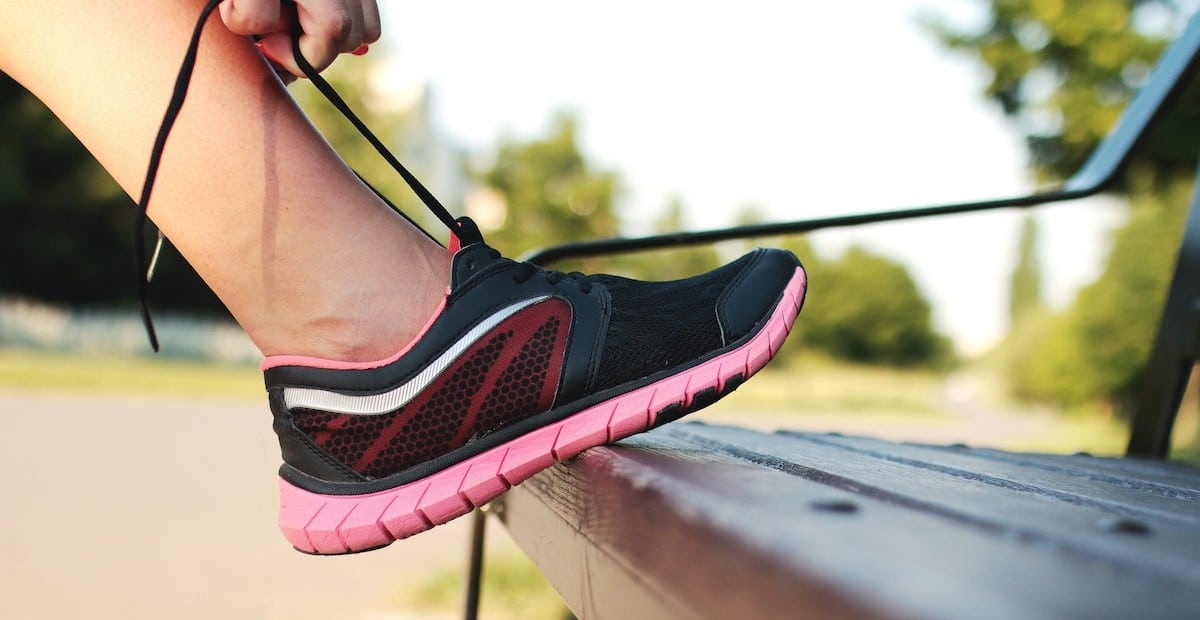
Contents
Spotting the difference between the good and bad running shoes to get the best running shoes for you
Running shoes vary in almost unthinkable ways. From heel build to decal colour I wouldn’t blame you if this was a bit of a barrier. As a beginner runner, you don’t just want to look good but want to know how to look good, if you know what I mean. Searching for the right running shoe takes time, a bit of know-how and of course a little bit of help.
With my guidance, we could be breaking down motion control shoes, stability shoes, the natural shoe style and more. But at the end of the day, whatever we look at, you will be leaving here with some top-class knowledge to step up your shoe-hunting game.
As ever, the right pair of running shoes, just like the ‘right’ anything, is subjective and relative to your needs. You could want stability running shoes to accommodate for ankle weakness or Achilles issues, maybe you want all-round comfort but find a lightweight build-essential. Either way…
There’s a shoe for you.
Let’s take a look.
Location, location, location
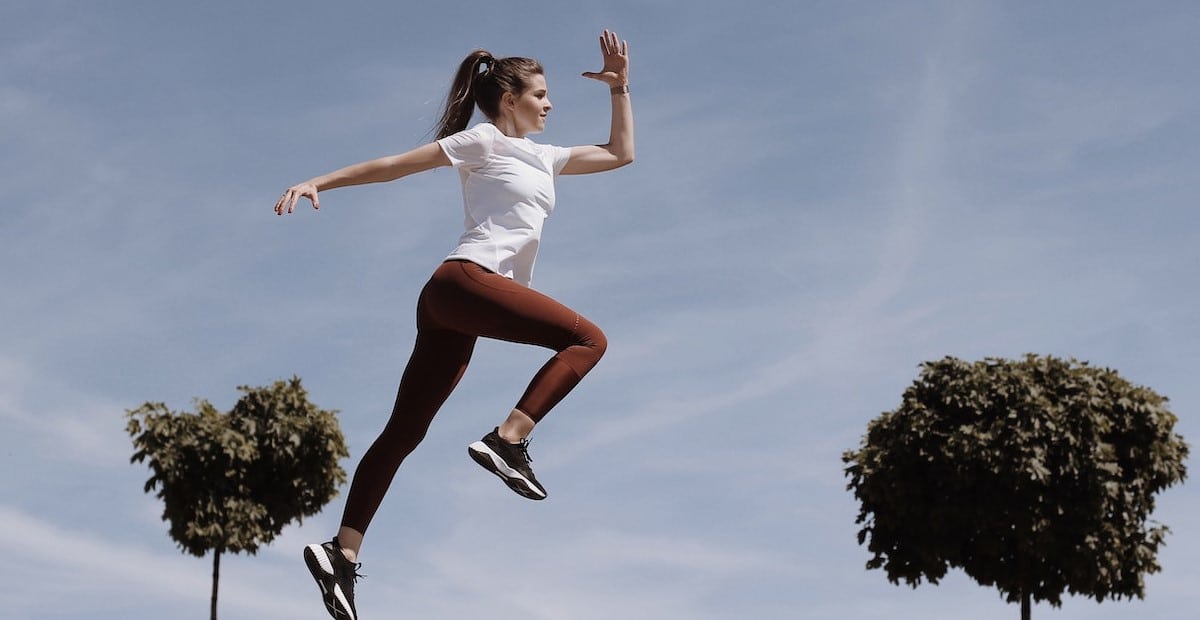
Unsurprisingly, where you plan on running has a big impact on the running shoes you should buy. Why not take a little guess… trail running shoes? Road running shoes? Cross-training shoes?
To use the word unsurprisingly once more, purpose is pretty obvious. But there are still smaller things to look out for, and there’s no such thing as 100% exclusive usage in the world of running shoes.
So, what shoes do what and how can they be used for other environments too?
Trail running shoes –
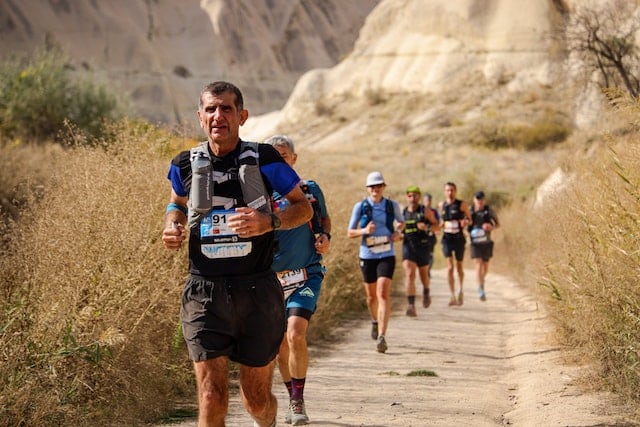
Designed for off-road trails, rocks, mud, verges, mountains… you name it, if it’s uneven you want a trail running shoe.
Rei highlights some benefits:
- ”They have bigger lugs (the “cleats” on the outsole) than road-running shoes for better grip on uneven terrain.
- They are sometimes fortified with plates underfoot to help protect your feet from rocks or sharp objects.
- They’re generally stiffer through the midsoles for more support on rugged trails and uneven surfaces.”
Cross training shoes –
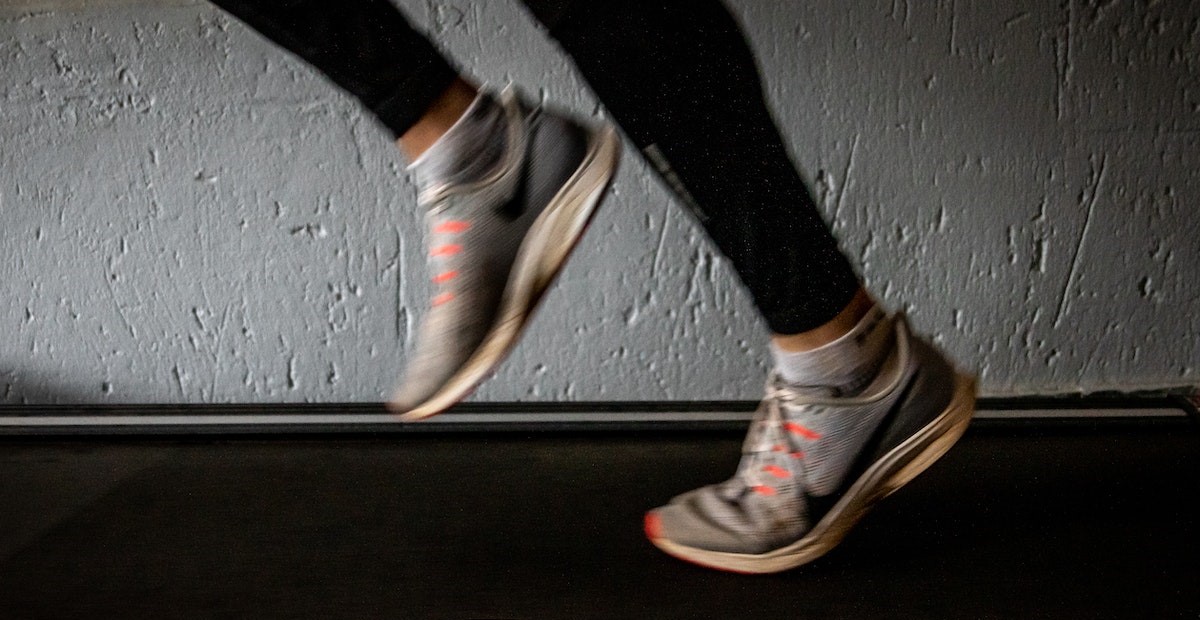
Intended for gym use, these lightweight shoes are great all-rounders with a lot of contact on the ground (for stability and grip) and great material flexibility and durability to accommodate for a range of motions.
Here are some benefits:
- Comfort and muscle development – they allow for muscle development by accommodating different exercises and changing routines rapidly.
- Traction recovery – You need shoes with excellent traction on and off the field. When practicing yoga, traction helps you avoid slipping on the mat as you hold different postures.
- Arch – Those with high arches, or arch problems, will benefit greatly from cross-training shoes. If your foot rolls often then you need the right running shoes for stability. Motion-control running shoes are good for this too.
Conclusion
No matter your running style you should have something to accommodate you and that comes in the form of proper running shoes. A neutral shoe is okay but usually, we need some level of specificity, be it location or health concern.
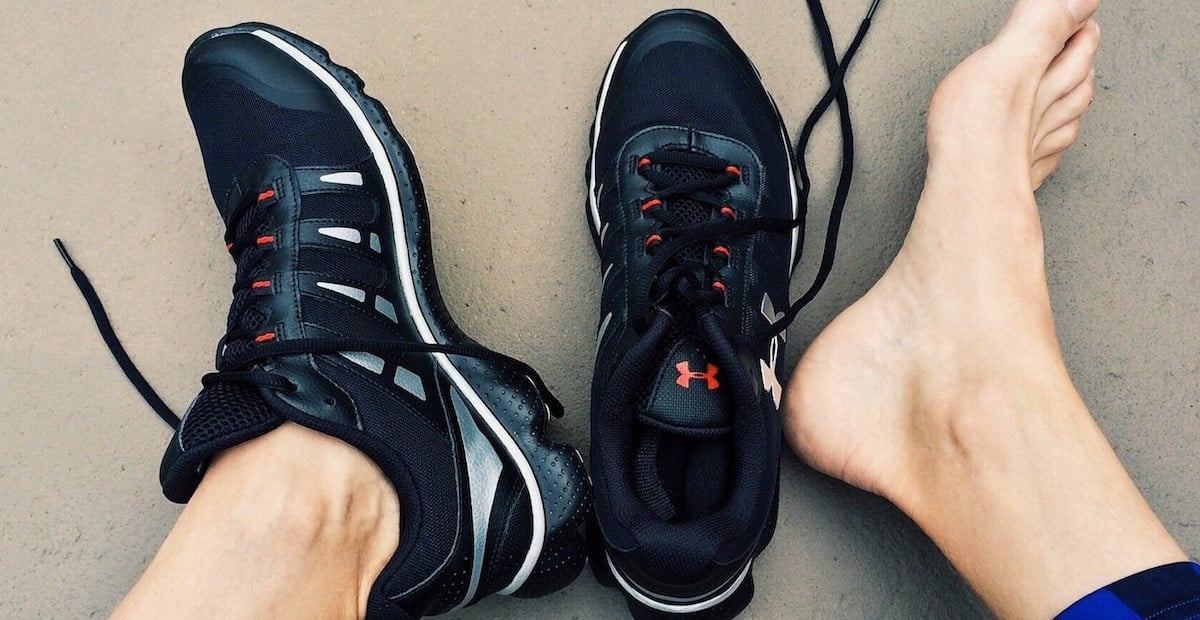
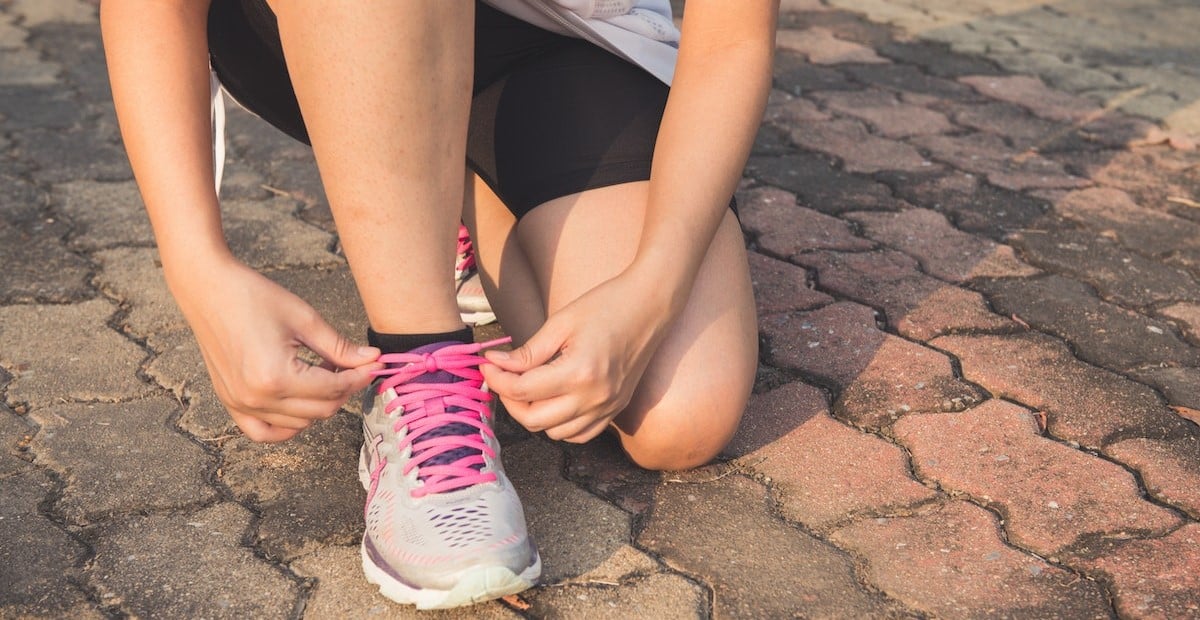
FAQs
Flat feet are a huge problem for me, what should I do?
Look for a range of stability shoe options and orthopaedic solutions. From shoes to inserts there’s a lot you can do for your flat feet. Ensure your new running shoes give you the best assistance possible.
How do I know what support I need in a running shoe?
Support is more individual to your running gait, if you over-pronate then some support will be required, the amount depends on the severity of your over-pronation, a gait analysis can help with this and then the appropriate cushioned shoes can be sourced.
Are minimalist shoes worth considering?
Runners who swear by minimalist shoes say they closely mimic a more natural gait while running. However, of you’re not used to this low level of support, then go carefully as they may take time for your style/body to adjust to them.